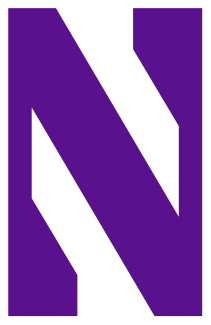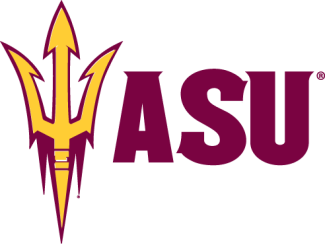This article appears in the January edition of US Lacrosse Magazine, available exclusively to US Lacrosse members. Join or renew today! Thank you for your support.
The Fall Throwdown in Delaware saw 17 teams withdraw in late November after a spike in COVID-19 cases increased state travel restrictions, but Ultimate Events and Sports shuffled its game schedules and still was able to hold its final event of 2020.
“What we’ve learned with this pandemic,” said Ultimate co-owner Becky Wells, “is you have to be flexible and you have to be patient and do what you can to figure it out for the teams coming because they all just want to play.”
Ultimate was able to hold four fall events after canceling all seven of its summer events. Community groups, clubs and event operators are planning optimistically how to ensure safe play through 2021 as the pandemic continues. US Lacrosse Sports Science and Safety experts successfully lobbied the NCAA to reclassify lacrosse as an intermediate- rather than high-risk sport for COVID-19 transmission. While summer and fall 2020 lacrosse events were scarcer than normal, US Lacrosse return-to-play guidelines helped foster success and experience gained now is pushing the sport forward.
“The learning curve has been steep for everybody,” said Ashley Murphy, CEO of Summit Lacrosse Ventures. “Everyone from government and regulatory agencies to customers and operators. There are ways to do things that are more conducive to this type of pandemic environment.”
Summit has a full calendar slated for 2021 after losing most of its 2020 events. The company has created multiple contingency plans for events. It downsized its July girls’ Northstar Invitational in Albany, N.Y., into a smaller event and moved its girls’ Northstar Midwest Showcase in November from Illinois to Indiana reluctantly, though other organizers have moved sites to hold events.
“We’re more guided by the state guidelines and/or local jurisdiction as opposed to shopping around for a venue that would host us,” Murphy said. “We just saw it as higher-level than just trying to jam something in. The biggest hurdle has been permissibility of operation and some of the lack of clarity from state to state and county to county.”
Summit hopes that travel restrictions will be lifted so teams can return to their family-oriented destinations. The first step in returning to play has been understanding and adhering to local regulations designed to mitigate the spread of COVID-19. US Lacrosse’s recommendations provide detailed instructions on progressing through each locale’s stages of return. John Gerold runs the girls Lax4Life club that had to comply with Montgomery County, Md., policies, including wearing masks outdoors on public property. It was a small price to pay.
“The kids hated the masks and we had to stay on them, but I think they liked being out there more than they hated the masks by a longshot,” Gerold said. “We had nothing but positive feedback from parents. And I told them unfortunately this could be the spring also. And we’ll probably get even more creative in the spring.”
Gerold arrived early to set up his practice area and placed cones for each individual girl’s belongings, including their own water bottle. He also coned off one side for players arriving for practice and another side for those already practicing to limit crossover. Small-sided play and station-based practices, hallmarks of the Lacrosse Athlete Development Model, continued as a staple of Lax4Life practices and fed perfectly into stringent safety measures.
The biggest change Lax4Life made was playing Flex6 Lacrosse, a new non-contact version of the game developed by US Lacrosse. Gerold estimated that the club was going to lose 30-40 percent of its players and several coaches if it risked playing full-sided games against outside club league opponents. It moved to 6-on-6 and kept its competition internal. After seven weekends, the girls asked for two more.
“It really fit all of our point-at issues from the kids to the parents, to following the rules, and for kids playing with masks on,” Gerold said.
US Lacrosse and the lacrosse community look forward to returning to full-sided teams for competition, but limiting numbers has become a major component of safety protocols for teams, clubs and operators to help meet local health guidelines, specifically ones that relate to the size of gatherings.
Halo Lax introduced its version of 6-on-6 lacrosse, 6onLAX, as a way to keep roster sizes and team numbers down, but in union with its parent company SFM Network, which manages venues and facilities and is adding events to increase overall participation. As a bonus, the 6-on-6 format also allowed for greater spacing and helped meet contact restrictions.
“We did a proof of concept during COVID because we felt it was the right fit for the time,” said Joel Franklin, Halo’s lacrosse event manager. “By going to small-sided games, by limiting the number of people at an event, by limiting the number of teams, by staggering the team check-in, by staggering the games, we were able to really manage the environment a whole lot easier than the full-team tournaments that were getting canceled.”


























































